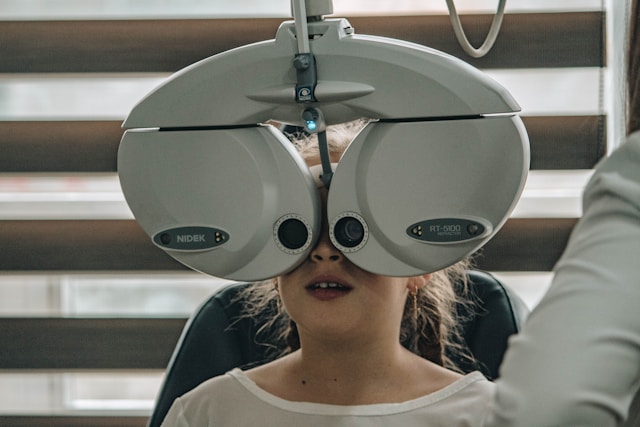Vision loss from glaucoma often develops gradually, making early diagnosis and management critical. This group of eye conditions damages the optic nerve, usually due to elevated intraocular pressure. Without treatment, the damage can progress silently, affecting peripheral vision before advancing to central vision. Eye care providers use a combination of tests to detect signs of glaucoma before symptoms arise, then work with patients to slow its progression through various treatment options.
Prescription Eye Drops as a First-Line Approach
For many individuals, glaucoma treatment begins with medicated eye drops designed to lower pressure inside the eye. These drops work by either decreasing the amount of fluid the eye produces or improving the drainage of existing fluid. Several classes of medications exist, including prostaglandin analogs, beta blockers, alpha agonists, and carbonic anhydrase inhibitors. Some patients require a combination of drops to achieve adequate pressure control. Regular follow-up appointments monitor pressure levels and determine whether adjustments are needed over time.
When eye drops do not provide enough pressure relief on their own, providers may add oral medications to the treatment plan. These drugs, most often carbonic anhydrase inhibitors, help reduce intraocular fluid production. While effective, they may cause side effects such as fatigue, frequent urination, or changes in taste. Providers consider overall health history before prescribing oral treatments, especially in patients with kidney or liver conditions. These medications are typically used for short-term control or in more advanced cases.
Laser Procedures to Improve Drainage
Laser therapy can offer long-term pressure reduction for some individuals. One common technique, selective laser trabeculoplasty (SLT), targets the eye’s drainage system to improve fluid outflow. The procedure is performed in a clinic setting, often without the need for anesthesia. Most patients experience little discomfort, and the effect may last for several years. Another option, laser peripheral iridotomy, is used in cases of angle-closure glaucoma to create a small opening in the iris and relieve pressure buildup. Eye surgeons determine candidacy for laser treatment based on the type of glaucoma and response to other therapies.
Minimally Invasive Glaucoma Surgery (MIGS)
Minimally invasive procedures provide pressure relief through techniques that involve less tissue disruption than traditional surgeries. MIGS options include the placement of tiny stents, use of microscopic tubes, or reshaping of existing drainage pathways. These procedures may be performed alongside cataract surgery or as a standalone treatment. MIGS offers faster recovery and a lower complication rate compared to older surgical methods, though results may vary by individual. Providers often recommend these techniques for patients with mild to moderate glaucoma who do not achieve control through drops or laser therapy alone.
In more advanced or rapidly progressing glaucoma, traditional surgeries may be required to preserve vision. Trabeculectomy involves creating a new drainage channel to lower pressure and is considered one of the most effective long-term options. Another technique, tube shunt implantation, uses a small device to redirect fluid from inside the eye to an external reservoir. These surgeries are typically reserved for individuals with severe damage or when other treatments have failed to keep the condition stable. Post-operative care includes close monitoring for signs of infection, inflammation, or pressure spikes.
Managing glaucoma extends beyond clinical treatments. Eye care providers often recommend lifestyle strategies that support overall eye health. These may include regular aerobic exercise, avoiding smoking, and protecting the eyes from trauma or excessive strain. Consistent use of prescribed medications remains key to prevent progression.
Glaucoma Care and Long-Term Management
Glaucoma requires a lifelong approach to care. Providers develop individualized treatment plans that evolve based on the patient’s response and any new findings during routine evaluations. Coordination with primary care teams may also help manage related health conditions, such as diabetes or hypertension, which can affect eye health. Patients who understand their treatment goals and participate actively in follow-up care are more likely to experience stable outcomes over time.

